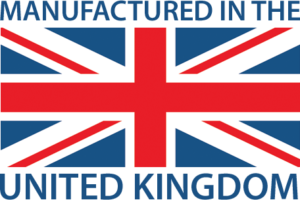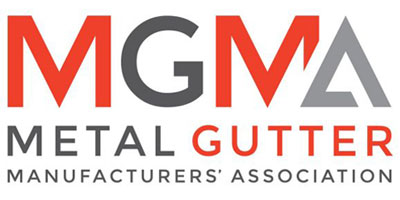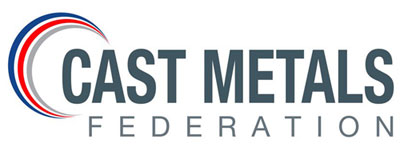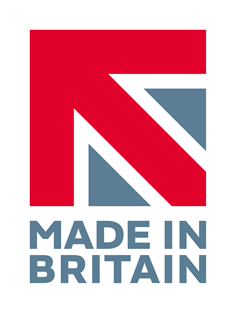About Hall & Botterill
Aluminium foundry from the 1940’s to the 21st Century
When Mr Botterill retired in 1987, a new managing director, Alex Paterson, took over the running of the company and it has developed over the past 30 years into a modern, vibrant, 21st century go-ahead foundry. Hall & Botterill are the last Aluminium foundry remaining in Leeds.
During the past years furnaces have been updated too and more efficient practice introduced. Hall & Botterill have developed the rainwater castings production, and today we carry the world’s largest range of traditional cast aluminium rainwater goods. When Alicast closed down Hall & Botterill bought the patterns for all the hopper heads, which we now sell as The Alicast Heritage Selection. Corner casting manufacturing still plays a part, as well as general aluminium engineering castings. We pride ourselves on our excellent service and aim to deliver aluminium gutters, hoppers and other rainwater castings within 72 hours of receiving an order.

With advances in technology, most of the dies are time-sequenced and automated, enabling the men to operate two dies at a time when necessary. Fettling aluminium gutters was a problem, which is why the gutter press was introduced and Hall & Botterill is now the only company in the world to press-fettle gutters.
Hall and Botterill are very keen on energy efficiency, both environmentally and economically, and have embarked on a rolling programme of replacing all the electric lighting with LED lighting. This is a work in progress, but one which will make huge savings in both energy and money.
Fettling is both a dangerous and difficult part of foundry work and Hall & Botterill, always keen on Health & Safety issues, considered options to reduce risk, increase productivity, and further improve working conditions. Enter Roberta the robot, our newest member of staff. The robot, after much programming of 500 castings, is able to process an aluminium casting from die-cast to ready for sale.
As well as introducing robotic aluminium fettling, we are, as another project, going to install a CNC machine .
Innovation and concepts are on-going at Hall & Botterill and our aspirations never die.
Hall & Botterill are on an aspirational journey.
Innovation and Development
Originally Gravity Aluminium Dies were an extension of Sand Casting. This method resulted in a large amount of work because the sand molds could only be used once and were then destroyed. In an attempt to increase productivity the molds were made out of Cast Iron, held together with “G” clamps, and prised apart with pinch bars. These dies were made by pattern makers and certainly increased production compared to sand molding; but they were very crude, often giving poor setting times with difficulty in extracting the casting, which in turn made it arduous for the worker.
Some pattern makers evolved in to making gravity dies using different clamps, and some dies used a Tenon to guide the die sides.
This is where some foundries have stopped, for them evolution has never happened, with often more than one man required to work a die; which in turn results in low productivity, low wages and expensive castings. This tempted customers to look outside the UK for their castings and encouraged the demise of foundries in this country.
More enlightened foundries developed toggle operated dies, which meant that die sides, could be opened quickly with one lever: therefore increasing productivity and enabling one man to operate two small dies together.
The development of dies was changing; some foundries used Hydraulic Cylinders, whilst others used Air Cylinders. Both methods worked quite well, but the air cylinders had a dangerous drawback, which was, in the event of a dies side sticking the air pressure would rise dramatically until it would open or shut like a bullet, with the potential to seriously injure the die caster.
Here at Hall & Botterill we have chosen to use hydraulic cylinders, but , we have gone a step further:-some castings are more sensitive than others and need very careful timing during the setting time; therefore we have introduced a method of casting using a PC controller which makes for more accurate timing and no interference from the die caster.
We are continually looking for methods that produce better castings and improve the lot of the die caster. Evolution goes on!!
“Gutters cannot be press-fettled, it is impossible.”
“Gravity die castings cannot be press-fettled, and it would be a fluke if you did it”
We have 10,000 flukes in stock!
In 1997, a monstrous Cowlishaw-Walker, 250 ton press was installed. It transformed a skill that was difficult, dangerous, with manual fettling that involved using a band saw generating in excess of 140db; linishing machines that needed clearance when 6ft gutters were slung around; manual punching and straightening with a hammer.
When a man was fresh he could manually fettle a gutter in 6 minutes. With the press a gutter can be press-fettled and de-burred at the rate of 1 every 20 seconds resulting in an 1800% increase in productivity.
Alex is continually reviewing energy, in terms of usage and cost. To that end he has a rolling programme of replacing light bulbs purchased from CEF Leeds and installed by Kevin Page Electricals with LED at a very considerable saving in both energy and cost: at present energy usage in electricity has been reduced by 9.5kw per hour, making a saving of approximately £2300 per annum. The energy saved means that the robot is putting no extra stress on the system.
Hall & Botterill investigated robotic fettling in 2005, but, at that time robots were totally cost-prohibitive.
In 2012, the idea was re-visited as a way of separating production capability from the number of men employed. At no point was there ever any thought of reducing staff, this was being introduced to reduce the danger associated with fettling, and to increase the working life of the men.
Hall & Botterill discovered that achieving the dream of robotic fettling was about to become a reality. He designed the cell, and found many trades to help build it, along with purchasing the correct tooling, which had to be robot compliant
The Robot arrived on June 10th 2013 and programming began in August 2013.The robot is a multitasking machine, the aim being to take a casting from die to sale.
By September we had one component programmed, because of problems with deburring causing major issues; i.e. the tool kept digging in to the casting. During this time another component was programmed because it did not require fine de-burring and would have been extremely dangerous to saw manually. Nobody seemed able to provide a solution to the digging in problem, until in August this year, 2014, with a random visit by a rep who suggested using a different cutter which would not bounce or dig in to the casting. We tried it and it worked!! Programming then took off.
We are currently programming and working the robot, it will soon reach the stage where it will be working and we will be unable to program, so, watch this space.


![logo[1] Hall and Botterill](https://www.gutter.co.uk/wp-content/uploads/elementor/thumbs/logo1.png)



